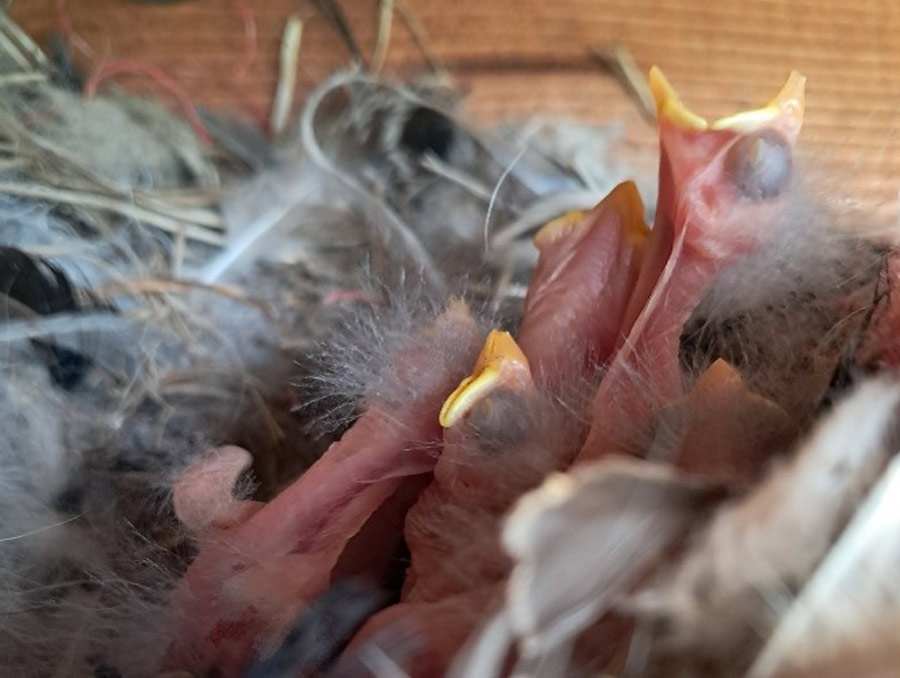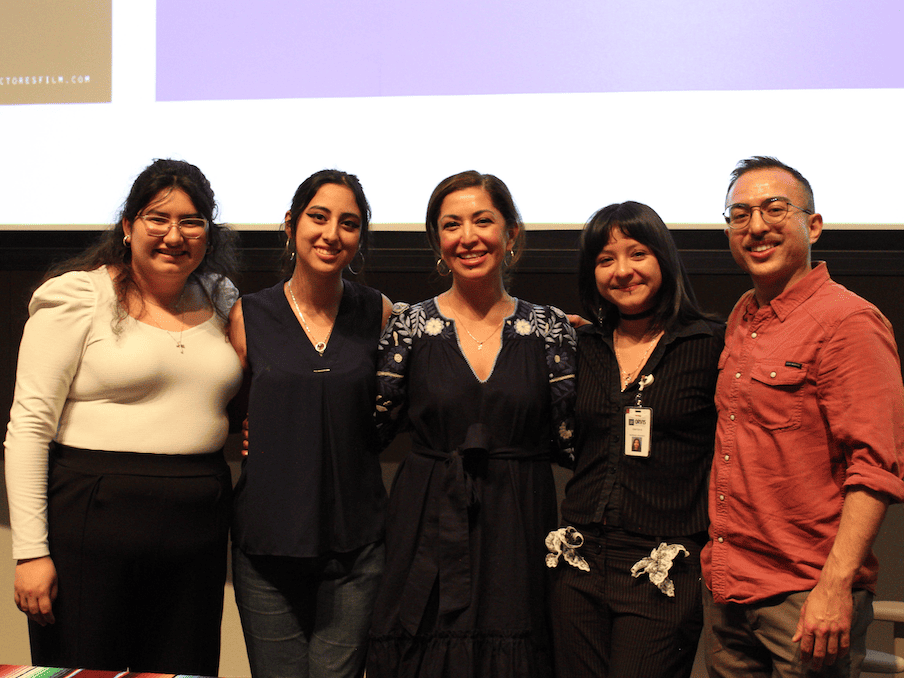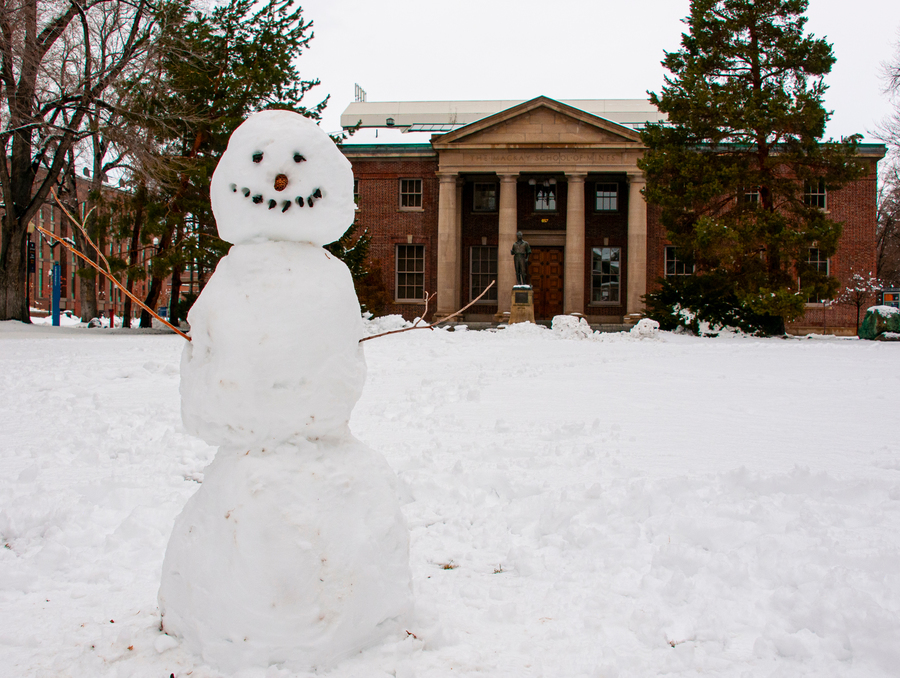When people see Lake Tahoe’s sparkling waters, they may not think about the diversity of species that live in and around the Western landmark. Even rarer might be the possibility of considering species that would not naturally be in the area.
These species, called invasives, threaten the ecosystem of the lake, including water clarity, infrastructure and the habitat for native species.
Faculty and students from the University’s College of Agriculture, Biotechnology and Natural Resources are at the forefront of research efforts to help solve the problem.
Sudeep Chandra and graduate students in the Department of Natural Resources and Environmental Science who work under his supervision are trying to prevent damage to the lake by invasive species like quagga mussels, bluegill and Asian clams. Chandra and his colleagues in the college have collaborated with local organizations like the Tahoe Regional Planning Agency to institute new regulations for the boat-washing stations around the lake. Effective Nov. 1, 2008, these regulations required an invasive species inspector to be present at all boat-washing stations, and mandated that boat owners decontaminate their craft if an invasive is found.
The new regulations will prevent watercraft from depositing species that they pick up from other bodies of water and carry into Lake Tahoe. Such species have appeared at Lake Mead in southern Nevada and San Justo Reservoir in northern California. These aquatic ecosystems are significantly threatened by rapidly multiplying invasives, as scientists continue to find such species in other bodies of water and fight the odds to eradicate them.










